42 chemical hazard color codes
What are the NFPA Color Codes? - Safety Sign The NFPA color codes are part of the NFPA 704 standard for the identification of hazardous materials. These color codes help emergency responders know about potential health, fire, and chemical instability issues. The NFPA 704 diamond sign used to display this information has four colored sections: blue, red, yellow, and white. PDF What Colors Mark Hazards - San Jose State University Hazardous Chemicals (29 CFR 1910.1200). Appropriate labels and warnings on chemical containers in the workplace are required. ... 29 CFR 1910.144, Safety Color Code for Marking Physical Hazards. 29 CFR 1910.145, Specifications for Accident Prevention Signs. ANSI Z35.1-1979, Safety Color Code for Marking Physical Hazards. ...
ANSI Safety Colors [With Color Chart] | Creative Safety Supply As part of ANSI Z535, the American National Standards Institute developed a standardized color code for safety signs, most recently updated in 2017. Get Catalog | Get Free Samples 1-866-777-1360 M-F 6am - 4:30pm PST
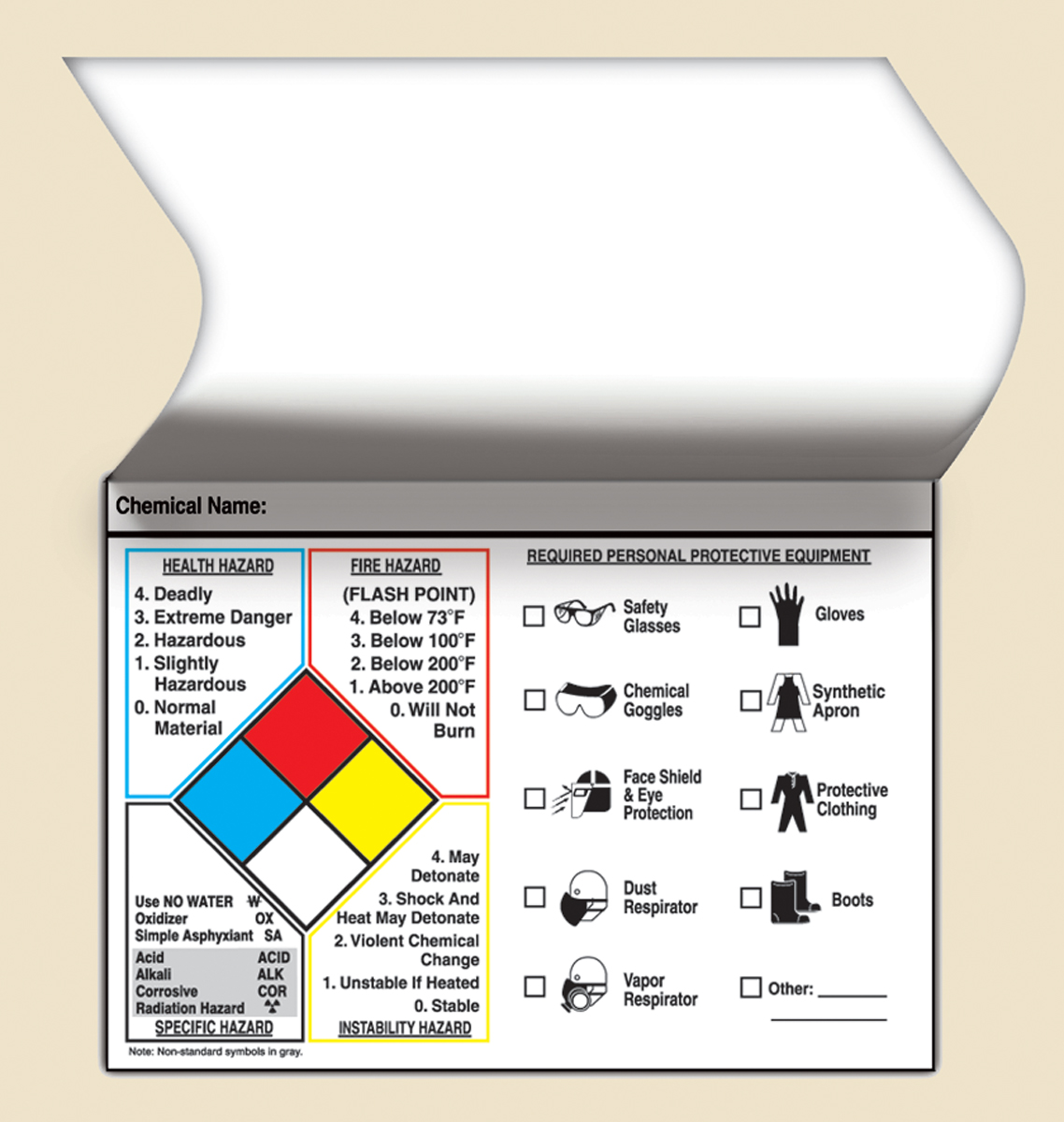
Chemical hazard color codes
Color Coded Labels for Chemical Storage and Segregation The codes represent the categories of chemicals that can be stored in a specified area. Colors are associated with each code and type of chemical. The use of color-coded storage labels allows efficient chemical inventory management resulting in increased storage space, as well as decreased chemical waste disposal costs. Hazardous Materials Identification System - Wikipedia The four bars are color-coded, using the modern color bar symbols with blue indicating the level of health hazard, red for flammability, orange for a physical hazard, and white for Personal Protection. The number ratings range from 0 to 4. Blue (Health)[ edit] The Health section conveys the health hazards of the material. GHS Hazardous Codes and Statements | My Alfred University 1. H261. In contact with water releases flammable gas. Substances and mixtures which, in contact with water, emit flammable gases (chapter 2.12) 2, 3. H270. May cause or intensify fire; oxidizer. Oxidizing gases (chapter 2.4) 1.
Chemical hazard color codes. Industrial Hygiene | Environmental Health, Safety, and Risk Management We have several instruments to monitor IAQ. Our instruments can measure or sample for: Carbon monoxide (CO) Mold Carbon dioxide (CO2) Temperature Airborne particles Humidity Volatile Organic Compounds Lab Safety Lab Waste Flow Chart Lab Standard Operating Procedure template Eyewash and Shower log form Chemical Hygiene Plan Template Safety Color Coding Labels and Tape - Quick Tips #202 - Grainger KnowHow The following chart represents the color codes of both ANSI/NEMA Z535.1-2017 and OSHA: Marking Physical Hazards Several regulations refer to markings depending on the situation. The following are common situations where color-coded labels and tapes are needed. State and local codes may require more specific markings. Know Your Hazard Symbols (Pictograms) - Princeton University Flame: Flammable materials or substances liable to self ignite when exposed to water or air (pyrophoric), or which emit flammable gas. Flame Exclamation Mark: An immediate skin, eye or respiratory tract irritant, or narcotic. Exclamation Mark Gas Cylinder: Gases stored under pressure, such as ammonia or liquid nitrogen. Gas Cylinder GHS Classification - PubChem 1. Globally Harmonized System of Classification and Labelling of Chemicals (GHS Rev. 9, 2021) 2. UNECE GHS (Rev.8) (2019) 3. UNECE GHS (Rev.7) (2017) Note: This page provides the current GHS summary. Obsolete H-codes and P-codes are also provided, as they are still in use but annotated as obsolete. For more information, please see the References.
PDF Safety Army Guidelines for Safety Color Codes, Signs, Tags, and Markings Chemical agent markings † 4-7, page 14 Radiation markings † 4-8, page 14 Appendix A.References, page 15 ... Color codes used on safety signs, labels, and tags, as well as for the identification and location of fire extinguishers, first aid kits, traffic aisle ways, changes in elevation, and tripping hazards, and so forth, have been ... Identifying Hazards | US EPA The federal government has established a system of labeling hazardous materials to help identify the type of material and threat posed. Summaries of information on over 300 chemicals are maintained in the Envirofacts Master Chemical Integrator. ... Hazardous Materials; Hazard Class Color Symbol; Explosives: Orange: Starburst: Non-flammable ... What are OSHA Color Codes? - Safety Sign Red: for danger tags. Yellow: for caution tags. Orange: for warning tags. Fluorescent orange or red-orange: biological hazards. OSHA has adopted ANSI standard Z535.1-2011 for the design of accident prevention signs (safety signs), and the color codes of this standard can be used in OSHA compliant signage. What are ANSI color codes? NFPA 704 - Wikipedia The four divisions are typically color-coded with red on top indicating flammability, blue on the left indicating level of health hazard, yellow on the right for chemical reactivity, and white containing codes for special hazards.Each of health, flammability and reactivity is rated on a scale from 0 (no hazard) to 4 (severe hazard).
Chemical Safety Levels and Hazard Codes | EHS The chemical inventories in MyChem are automatically assigned to a Chemical Safety Level (CSL) based on the quantity and type of hazards present. CSLs include both physical and health hazards and assist EH&S with identifying locations that may pose a greater risk to workers. Chemical Safety Levels and Hazard Codes 323.37KB (.pdf) Resource id: 1103 PDF Color Coded Labeling System for Storing Chemicals in your ... - SharpSchool Chemicals are to be stored according to hazard class in all chemical storage areas. The uniform color-code system developed by the J. T. Baker Chemical Company will be amended for use by all departments. Individual modifications of the color code system used within departments should be described in Appen of the department Chemical Hygiene Plan. Hazard symbols and hazard pictograms - Chemical classification - HSE The GB CLP hazard pictograms appear in the shape of a diamond with a distinctive red border and white background. One or more pictograms might appear on the labelling of a single chemical. GB... PDF Hazard Communication Standard Pictogram - Occupational Safety and ... The Hazard Communication Standard (HCS) requires pictograms on labels to alert users of the chemical . hazards to which they may be exposed. Each pictogram consists of a symbol on a white background framed within a red border and represents a distinct hazard(s). The pictogram on the label is determined by the chemical hazard classification.
PDF HAZARD COMMUNICATIONS (HAZCOM) SYMBOLS - University of Dallas know" what chemical hazards are present in their particular work areas, or what chemical hazards they might encounter on their work sites. This information is written in . 29 CFR 1910.1200. of the US Code. HAZCOM (Hazard Communications) relies on several written documents (MSDS & written programs) and
PDF CHEMICAL SAFETY LEVELS AND HAZARD CODES - University of Washington on the specific chemicals and the quantities present.Individual chemical and area CSLs are listed when viewing an area inventory in MyChem. In the tables below, the IFC hazard codes are noted and listed first (pages 2 - 13) and followed by the GHS hazard codes (pages 14 - 17).
Container Labels - Chemical Hazards - EHS - UW-Superior All of the companies use the color red for flammability, blue for health, and yellow for reactivity as taken from the National Fire Protection Association (NFPA) color code system. Most chemical suppliers use white for contact hazard. Colors for general storage conditions and unusual requirements will vary between manufacturers.
Safety Colors (OSHA Guidelines and Color Codes) - Creative Safety Supply Yellow - The color yellow is used for flammable liquids or gases. Brown - The color brown is used for any combustible liquids or gases. Orange -The color orange is for toxic and/or corrosive solutions. Red - The color red is for fire-quenching liquids or solutions. Green - The color green is used to label water pipes.
PDF Understanding Chemical Hazard Labels and MSDS a. Fill in the appropriate NFPA hazard coding colors and numbers on the label above. b. Complete the missing information on the MSDS on the back of this page. 4. What does MSDS stand for? 5. What information do the chemical hazard label and MSDS have in common? 6. Why should an individual working with chemicals understand the hazard coding system
PDF DOT CHART 16 Hazardous Materials Markings,Labeling and Placarding Guide Hazardous Materials Markings, Labeling and Placarding Guide Hazardous Materials Markings or Package Orientation (Red or Black) §172.312(a) §172.317 §173.25(a)(4) ... The color of the border must be black and the color of the flame may be black or white. PLACARDS See 49 CFR, Part 172, Subpart F, for complete placarding regulations. ...
NFPA 704 Chemical Storage Color Codes - ThoughtCo The scale runs from 0 (no hazard) to 4 (severe hazard). Special White Codes The white area may contain symbols to indicate special hazards: OX - This indicates an oxidizer that allows chemical to burn in the absence of air. SA - This indicates a simply asphyxiant gas. The code is limited to nitrogen, xenon, helium, argon, neon, and krypton.
OSHA Color Codes for Chemical Storage | SPC Industrial Here is a breakdown of OSHA-approved color-coding for chemical storage: [Red] Flammability is the ability of a chemical to burn or ignite, causing fire or combustion. [Blue] A Health Hazard is any chemical that can pose a threat to an individual's physical health. [Yellow] Instability hazards are susceptible to dangerous decomposition. [White ...
Chemical Hazards and Toxic Substances - Overview | Occupational Safety ... Most of OSHA's PELs for Shipyard Employment are contained in 1915.1000 - Toxic and Hazardous Substances, and are listed by chemical name. Most of OSHA's PELs for Construction are contained in 1926.55 - Gases, Vapors, Fumes, Dusts, and Mists, and are listed by chemical name. However, many of these limits are outdated.
Hazardous Materials Markings, Labeling and Placarding Guide (DOT Chart ... Hazardous Materials Markings, Labeling and Placarding Guide (DOT Chart 16) usdot-chart-16-10-24-2017.pdf (195.86 KB) Hazardous Materials Markings, Hazardous Materials Warning Labels, Hazardous Materials Warning Placards, General Guidelines on Use of Warning Labels and Placards Last updated: Thursday, June 3, 2021
GHS Hazardous Codes and Statements | My Alfred University 1. H261. In contact with water releases flammable gas. Substances and mixtures which, in contact with water, emit flammable gases (chapter 2.12) 2, 3. H270. May cause or intensify fire; oxidizer. Oxidizing gases (chapter 2.4) 1.
Hazardous Materials Identification System - Wikipedia The four bars are color-coded, using the modern color bar symbols with blue indicating the level of health hazard, red for flammability, orange for a physical hazard, and white for Personal Protection. The number ratings range from 0 to 4. Blue (Health)[ edit] The Health section conveys the health hazards of the material.
Color Coded Labels for Chemical Storage and Segregation The codes represent the categories of chemicals that can be stored in a specified area. Colors are associated with each code and type of chemical. The use of color-coded storage labels allows efficient chemical inventory management resulting in increased storage space, as well as decreased chemical waste disposal costs.
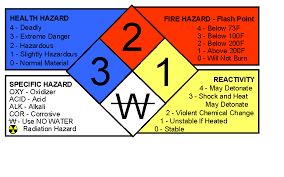


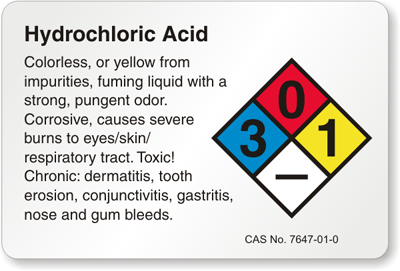



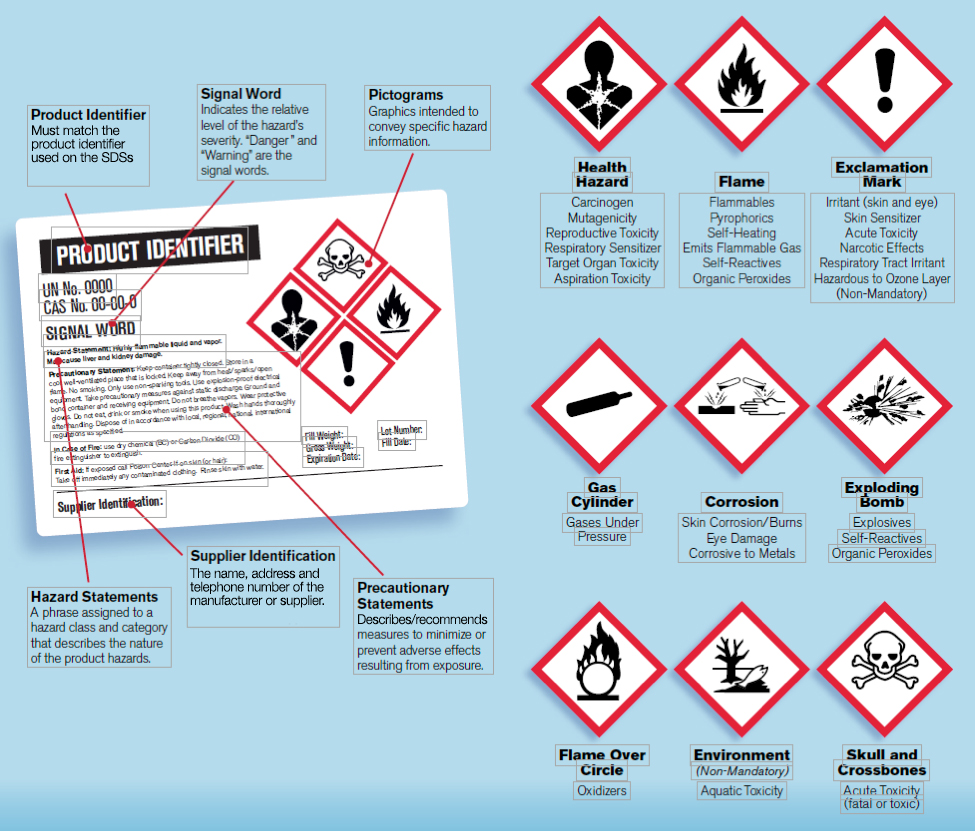
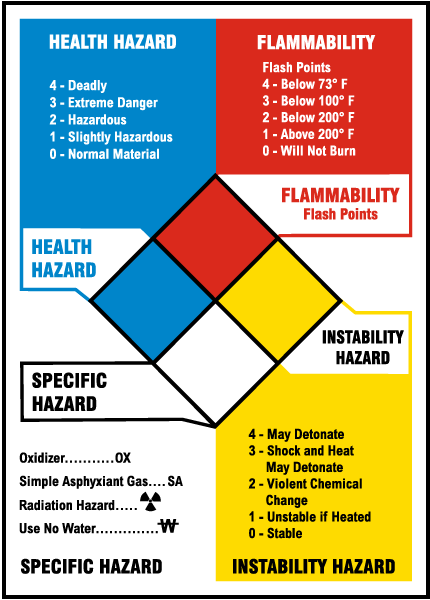
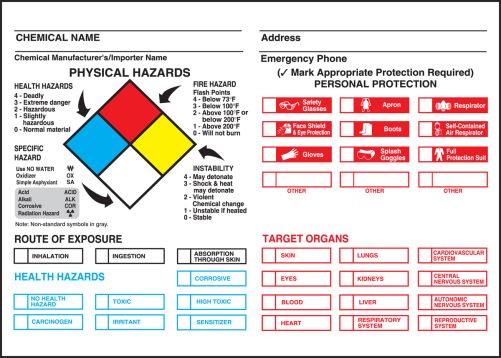
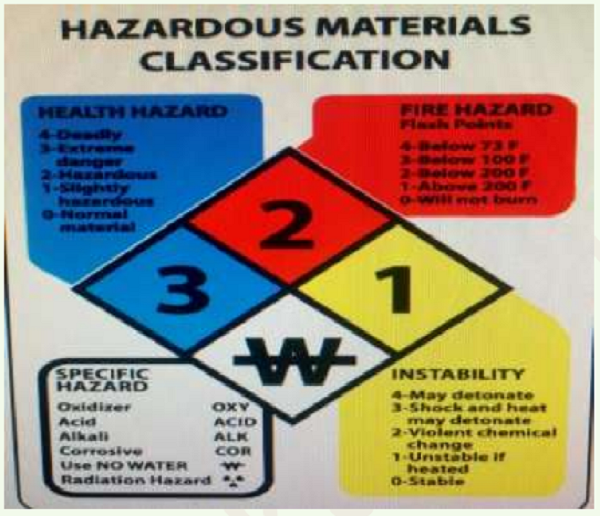
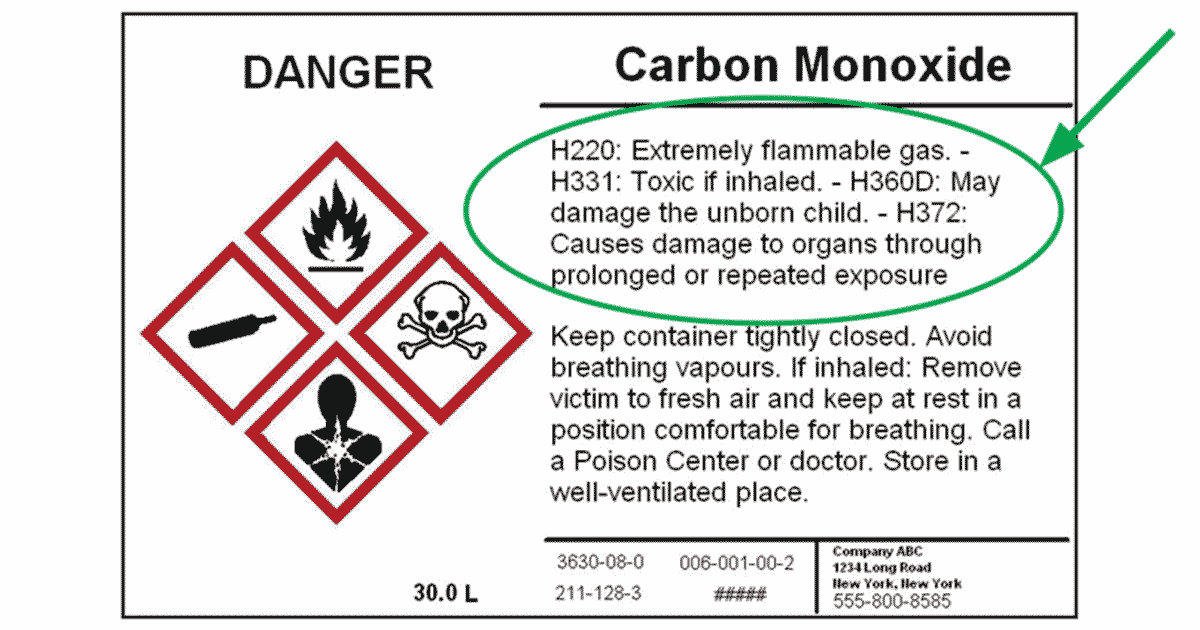
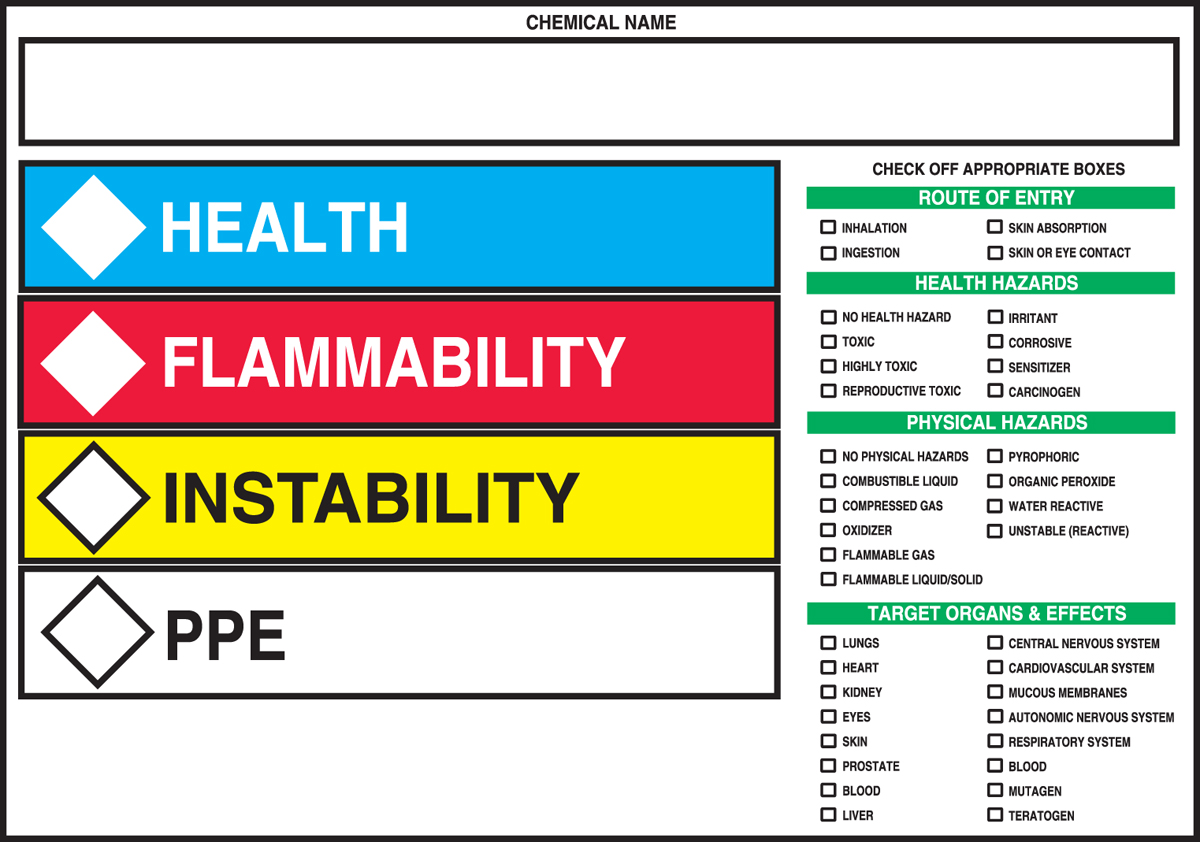
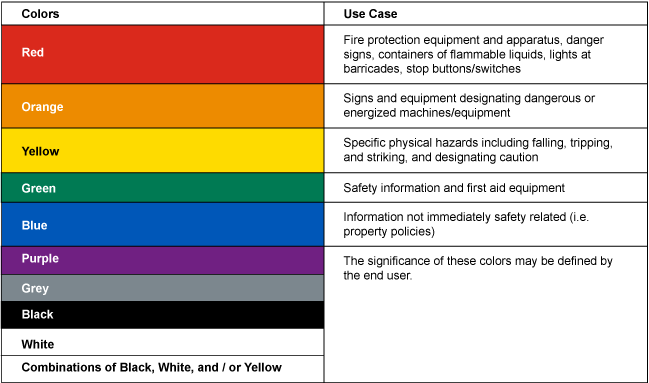

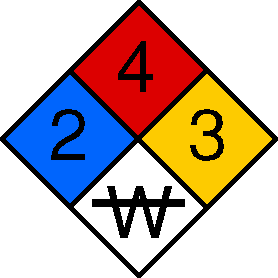


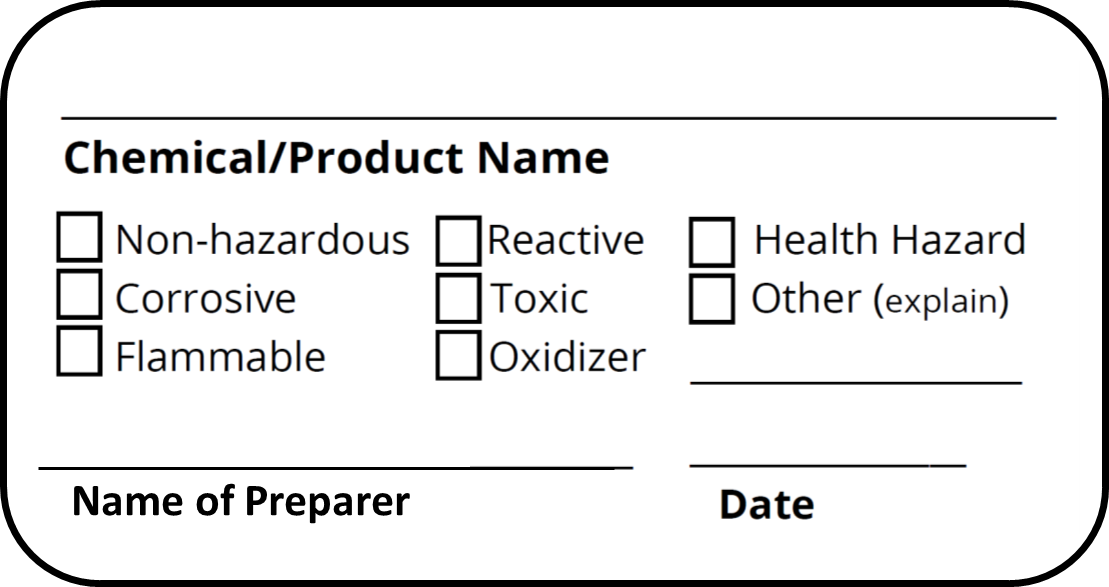



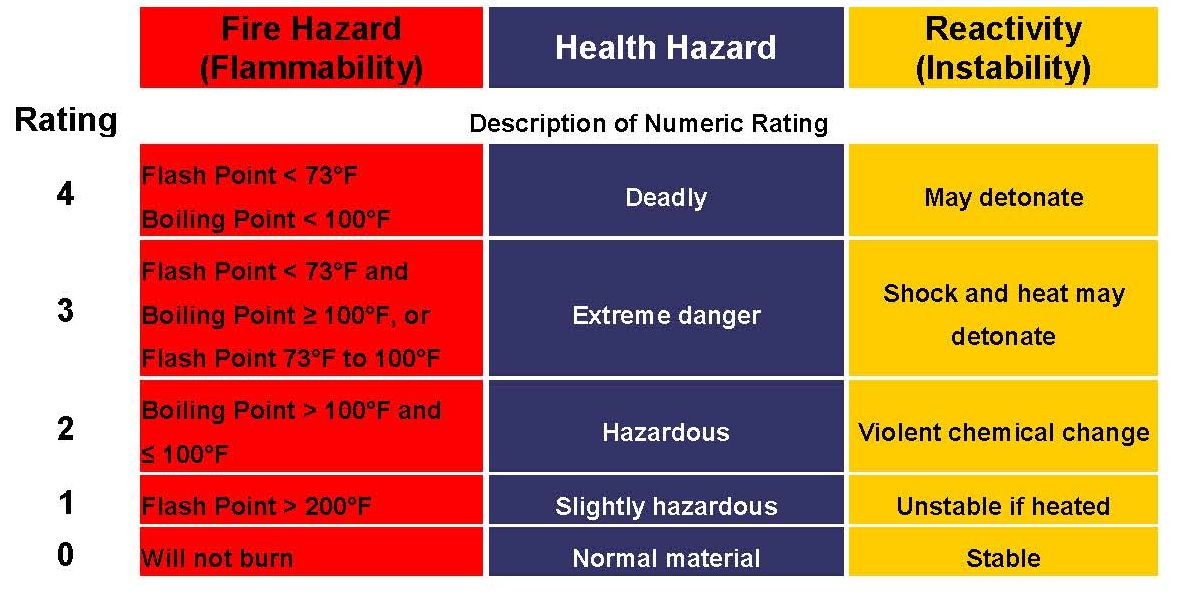
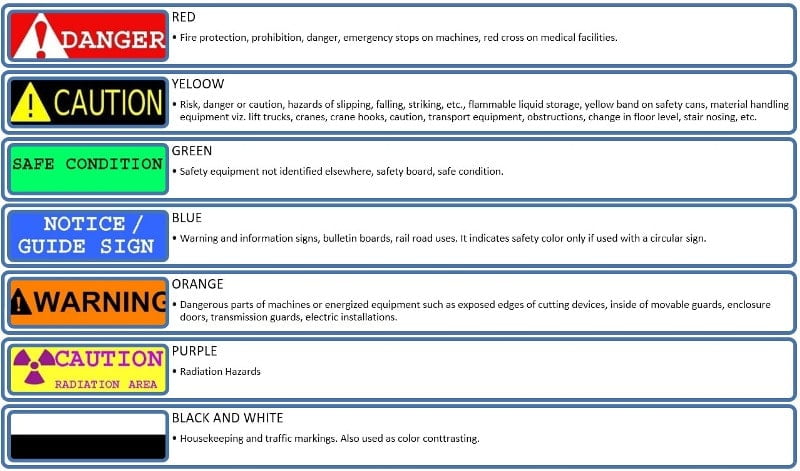

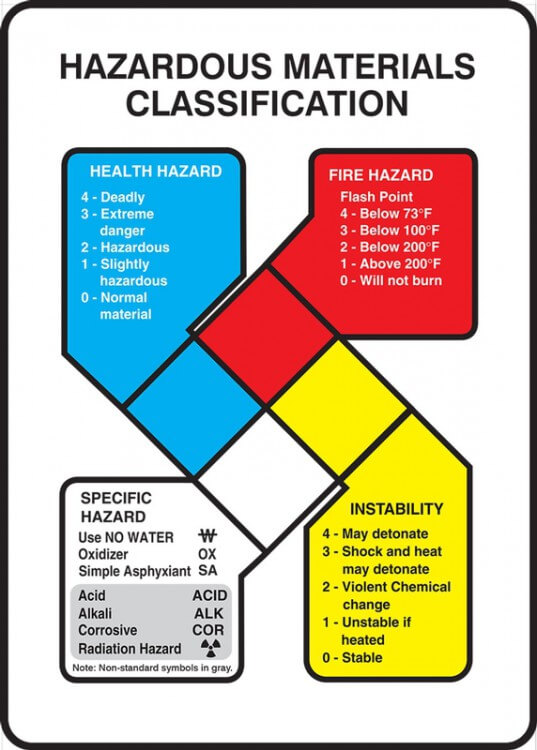
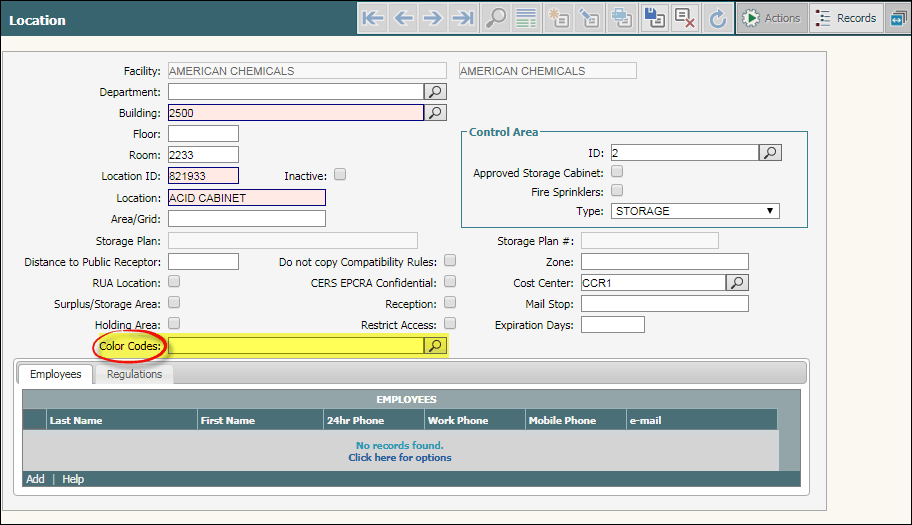


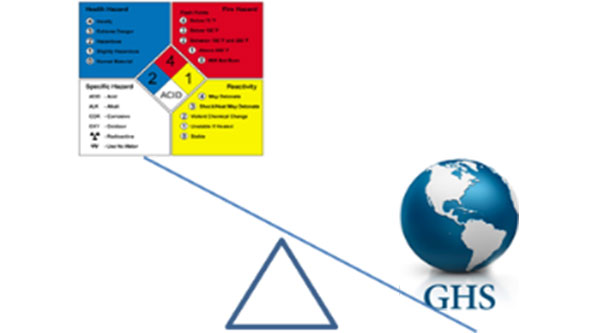

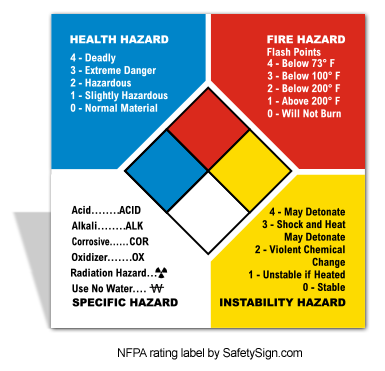
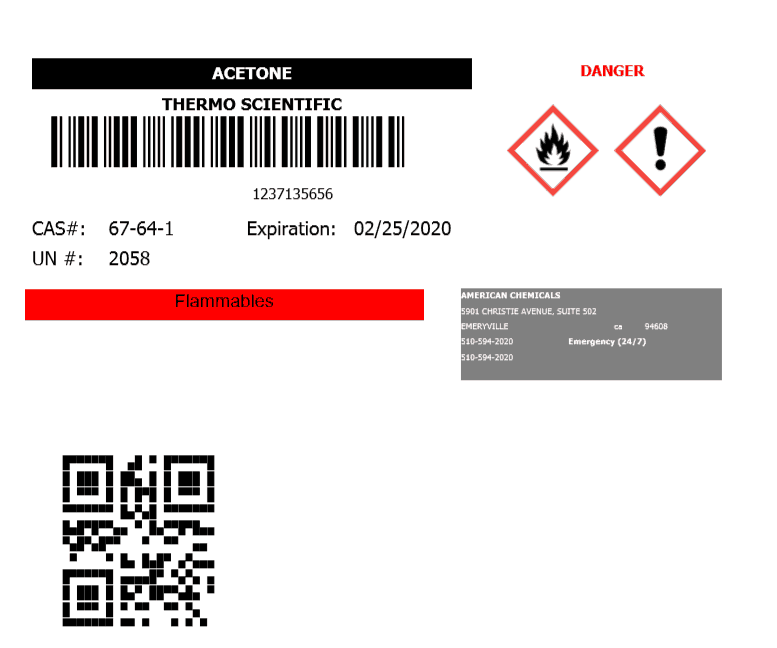
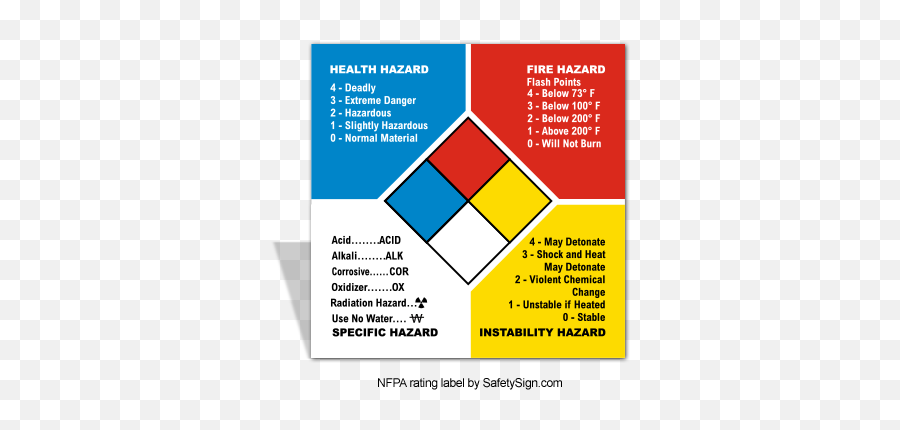
Post a Comment for "42 chemical hazard color codes"